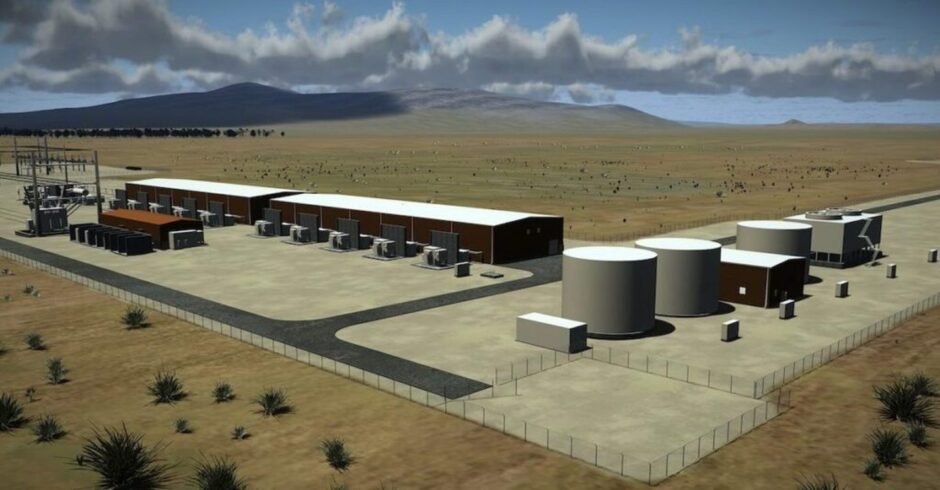
Chevron (NYSE:CVX) will become majority owner of what’s expected to be the world’s largest hydrogen production and storage facility as the oil giant invests in tech aimed at addressing the intermittency that plagues wind and solar power.
Chevron New Energies bought a 78% stake in the Advanced Clean Energy Storage project in Utah from Haddington Ventures, a Houston-based private equity firm, the oil explorer announced Tuesday. The project will store hydrogen made from renewable energy in two giant salt caverns, and dispatch it to a specialized turbine to generate power when most needed. Terms were not disclosed.
The site will initially provide more than 300 gigawatt-hours of clean energy to the US West and help stabilize the grid when wind and solar generation dip. ACES secured a $504 million loan from the Department of Energy last year and is currently in development, with completion scheduled for the middle of 2025.
Two years after the ESG investing movement reached a crescendo, Big Oil is committing to real-world projects that aim to reduce carbon emissions outside of their traditional businesses.
Earlier this year, Exxon Mobil agreed to buy the largest network of CO2 pipelines in the US while Occidental Petroleum is building the world’s biggest plant to remove carbon dioxide directly from the atmosphere.
Chevron plans to spend $10 billion on low carbon investments over eight years, both in reducing its own emissions and expanding clean-energy production. The ACES investment provides a “growth platform for the future” that could see hydrogen used for power generation, heavy-duty transportation or even replacing fossil-fuel based hydrogen at its own refineries, said Austin Knight, a vice president at Chevron New Energies.
Chevron will partner with Mitsubishi Power Americas in the ACES project, with the Japanese company set to build the turbine that will use the stored hydrogen to produce electricity that could be sent as far away as California. The hydrogen will be used to fuel a hybrid 840-megawatt combined cycle gas turbine being built to replace a retiring 1,800-megawatt coal-fired power plant.
Many companies are pursuing hydrogen as a decarbonization tool because it can be stripped from water using renewable power without producing greenhouse gases. When burned in a turbine, hydrogen gives off no carbon dioxide. But most hydrogen used today is stripped from natural gas in a process that emits carbon and many environmentalists view hydrogen with suspicion, seeing it as a way for Big Oil to continue using fossil fuels.
Hydrogen is “plentiful, it’s versatile, it’s a low- or no-carbon energy carrier, and it can be produced from multiple sources,” said Jeff Gustavson, president of Chevron New Energies.
“Hydrogen can be stored in large amounts, which is exactly what this project will be able to do, and it can be scaled.”
Recommended for you
